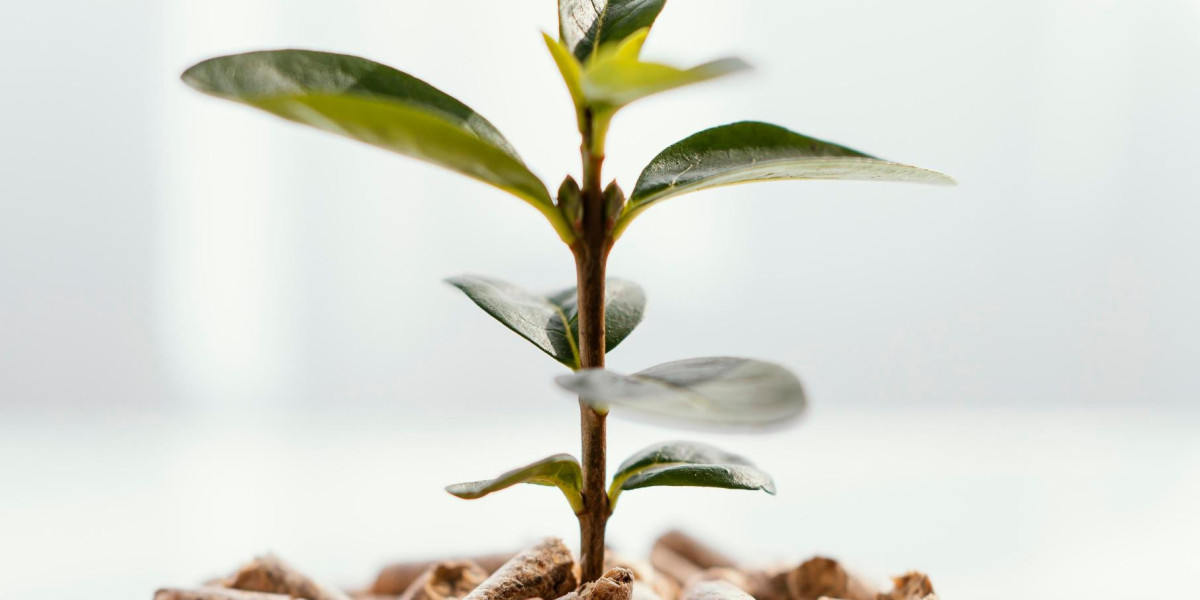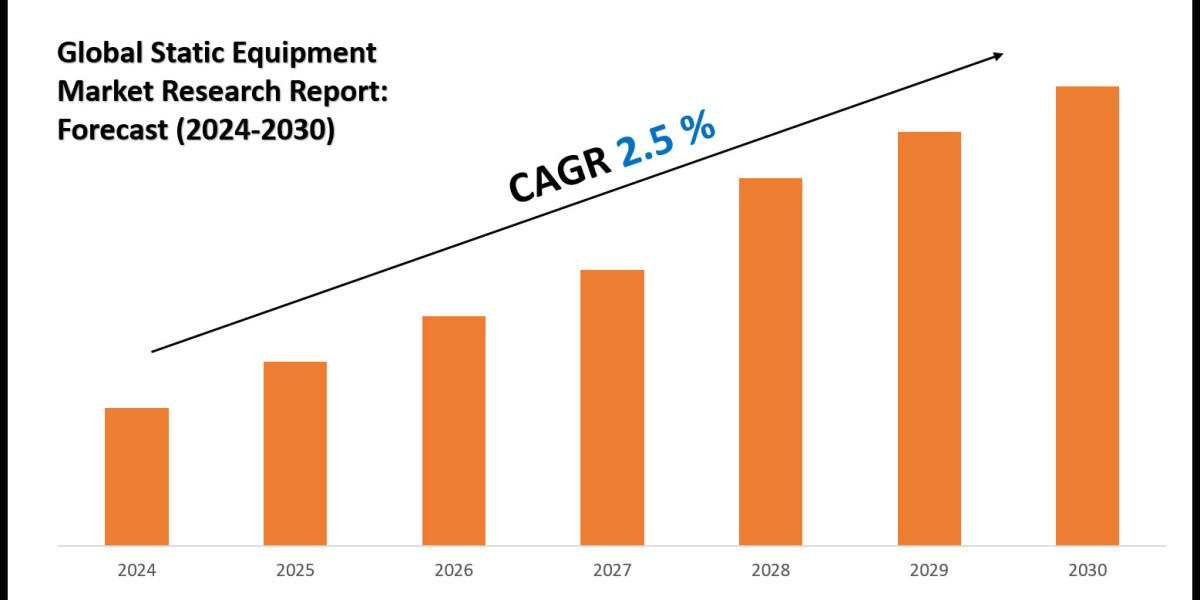That’s where choosing the right liquid fertilizer for hydroponics becomes critical. These nutrient solutions are the lifeblood of your plants—literally providing them everything they would otherwise get from soil.
Understanding how to select the right liquid fertilizer for hydroponics—and when to consider biological fertilizer alternatives—can dramatically influence your plants' growth, yield, and health. This guide breaks it all down for you in a simple, beginner-friendly format.
What Is Liquid Fertilizer for Hydroponics?
In hydroponic systems, soil is replaced with an inert growing medium (like coconut coir or rock wool) and nutrient-rich water. The nutrients in that water come from liquid fertilizer for hydroponics, which delivers the essential macro and micronutrients your plants need.
Most fertilizers include:
Nitrogen (N): For leafy growth
Phosphorus (P): For root development and flowering
Potassium (K): For overall plant health
Micronutrients: Like calcium, magnesium, iron, and trace minerals
Liquid fertilizers dissolve directly into the water, making them ideal for hydroponic applications. They're easy to dose, quick to absorb, and allow for precise nutrient management.
Why Fertilizer Choice Matters in Hydroponics
In traditional soil gardening, soil naturally buffers pH levels and stores nutrients for slow release. In hydroponics, however, you're responsible for everything. The wrong type or concentration of fertilizer can result in nutrient lockout, stunted growth, or even plant death.
That’s why your fertilizer needs to:
Be water-soluble
Contain a full spectrum of nutrients
Be compatible with your plants and system
Allow for easy pH balancing and EC (electrical conductivity) monitoring
Types of Liquid Fertilizers Used in Hydroponics
1. One-Part vs. Multi-Part Fertilizers
One-part fertilizers are pre-mixed nutrient solutions designed to be simple. Just pour and go. These are great for beginners or small systems.
Multi-part fertilizers, usually labeled as A&B or even A, B, and C, give you more control. They separate key minerals that might interact in a concentrated solution, reducing the chance of chemical precipitation.
Beginners may want to start with a one-part solution and graduate to multi-part systems as they become more confident.
2. Synthetic vs. Organic/Biological Fertilizers
Synthetic fertilizers are chemically derived and offer exact nutrient ratios. They're consistent and fast-acting.
Organic or biological fertilizer options, on the other hand, derive from natural sources like compost, seaweed extract, or fish emulsion. These are often slower to act but can contribute to microbial health in some hydroponic setups.
⚠️ Note: Not all biological fertilizer products are fully water-soluble, so they may clog pumps or drippers in hydroponic systems. Be sure to choose hydroponic-compatible organic products.
Nutrient Requirements at Different Plant Stages
Your plants will need different nutrients depending on their growth phase:
Seedling Stage: Low EC (~0.4-0.6). Focus on phosphorus for root development.
Vegetative Stage: High nitrogen, moderate potassium and phosphorus. EC ~1.0-2.0
Flowering Stage: Reduce nitrogen, increase phosphorus and potassium. EC up to 2.5
Choose a liquid fertilizer for hydroponics that either adapts across these stages or buy separate products designed for each phase.
Reading the Label: What to Look For
When choosing a fertilizer, you’ll come across a lot of numbers and letters. Here’s how to decode them:
NPK Ratio: This shows the percentage of Nitrogen, Phosphorus, and Potassium. A 3-2-6 formula, for example, contains 3% N, 2% P, and 6% K.
Micronutrient content: Make sure your fertilizer includes calcium, magnesium, sulfur, iron, zinc, and other trace elements.
pH buffering: Some liquid fertilizers include stabilizers to help maintain a consistent pH.
Solubility and compatibility: Always verify that your fertilizer is completely water-soluble and compatible with hydroponic systems.
How to Use Liquid Fertilizer in Hydroponics
Once you’ve selected your product, it’s essential to apply it correctly. Here are the basic steps:
1. Mix Accurately
Use the manufacturer’s instructions as your guide, but always measure using a digital EC meter and pH meter. These tools are vital for hydroponic growers.
2. Monitor EC and pH
EC (electrical conductivity) indicates the strength of your nutrient solution.
pH affects nutrient absorption; aim for 5.5–6.5 for most plants.
Adjust as needed using pH up/down solutions and by diluting or increasing the concentration of your fertilizer.
3. Clean and Refill Regularly
Change your reservoir every 1–2 weeks to prevent nutrient imbalances and salt buildup. Rinse and sanitize between fills to reduce the risk of root disease.
When to Consider Biological Fertilizer Options
While synthetic solutions dominate hydroponics due to their precision, there is growing interest in biological fertilizer options. These organic fertilizers can support more sustainable and holistic growing practices.
You might consider switching or supplementing with a biological fertilizer if:
You’re focused on organic production
You're growing leafy greens or herbs and want more flavor or nutritional content
You're using aquaponics, which naturally leans toward organic nutrient systems
However, make sure that any organic nutrients you use are 100% water-soluble and won't clog your system.
Common Mistakes to Avoid
Many beginners struggle with nutrient management. Here are some mistakes to watch out for:
Overfeeding: More nutrients do not mean faster growth. Excess salts can lead to nutrient burn.
Ignoring pH: Even with the best fertilizer, nutrients are inaccessible if the pH is off.
Using non-hydroponic fertilizer: These may contain fillers or insoluble materials that clog systems.
Skipping flushing: Regularly flush your system with plain water to prevent salt buildup.
Beginner-Friendly Tips for Better Results
Start simple with a one-part liquid fertilizer for hydroponics
Choose plants like lettuce, basil, or spinach that are nutrient-flexible and fast-growing
Keep a grow log to track what works and what doesn’t
Use filtered water if your tap water has high chlorine or hardness
Test your EC and pH at least once a day for best results
Wrapping Up
Choosing the right liquid fertilizer for hydroponics may seem overwhelming at first, but it becomes second nature once you understand the basics. Start simple, monitor your plants closely, and don’t be afraid to experiment as you gain confidence.
And don’t overlook biological fertilizer options if you’re aiming for a more organic or sustainable system. Just be sure they’re designed for hydroponic use.
With the right nutrient strategy, your plants will reward you with vigorous growth, abundant yields, and maybe even a green thumb you didn’t know you had.
Final Thoughts
Whether you're starting with a DIY system at home or managing a full-scale indoor farm, nutrients are the foundation of your success. The world of liquid fertilizer for hydroponics is full of options, but not all are created equal.
Do your research, keep your tools clean and calibrated, and always observe how your plants respond. The journey of hydroponic gardening is just as rewarding as the harvest itself—and it all starts with what you feed your plants.







